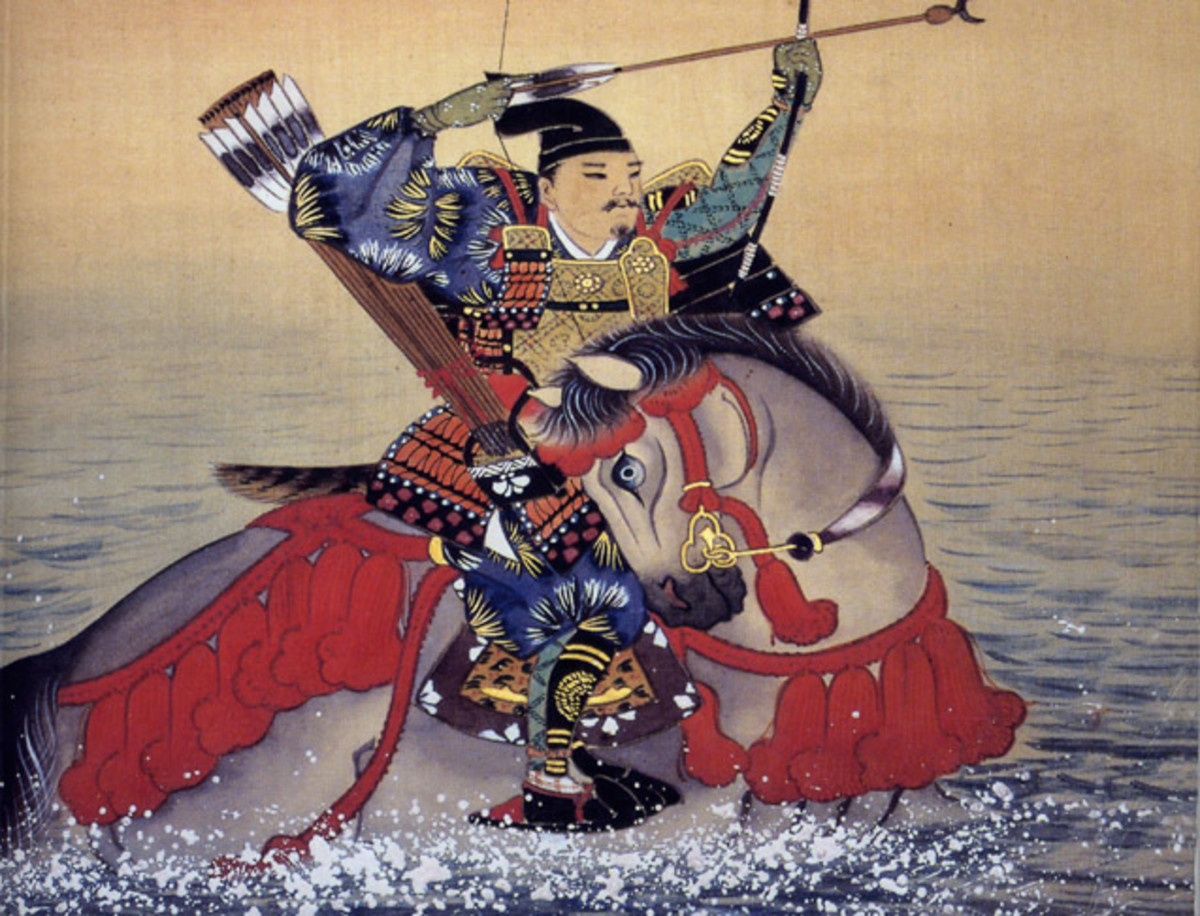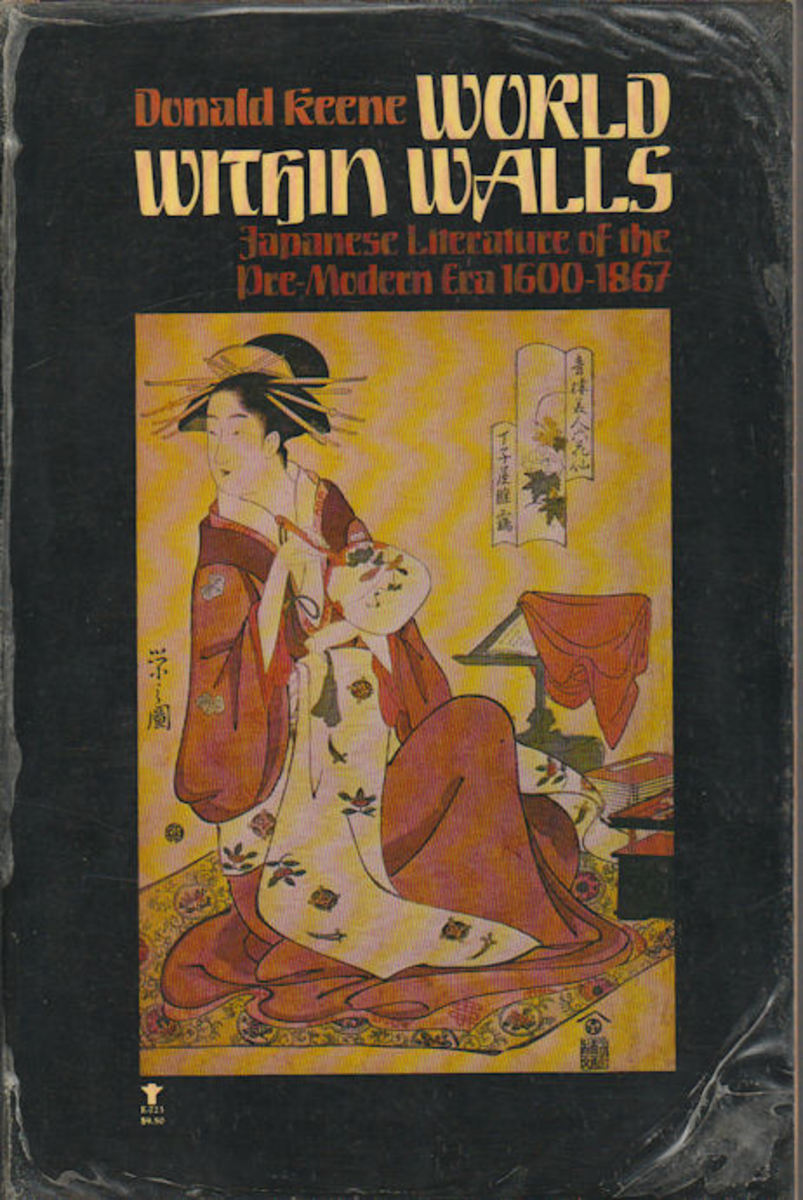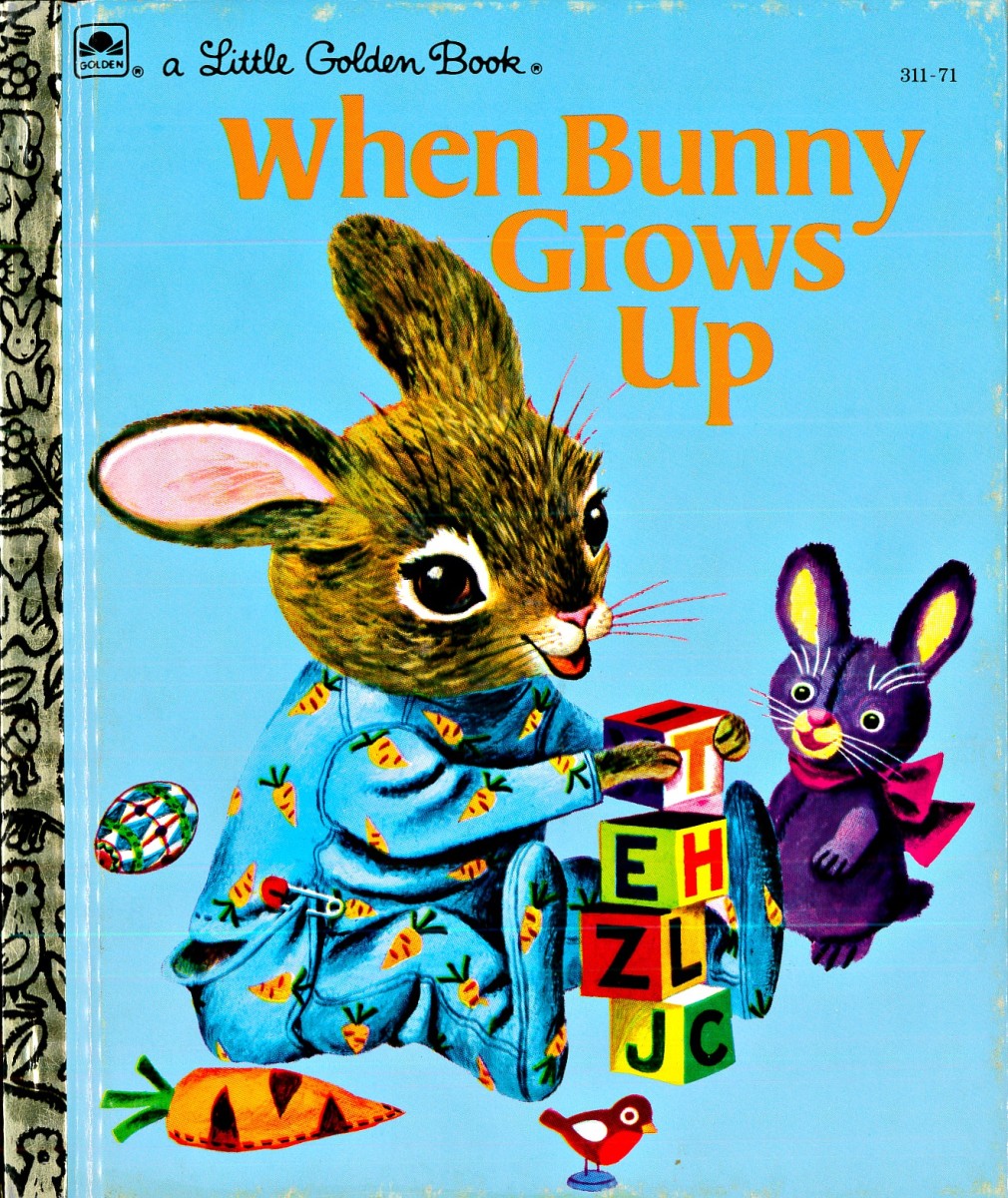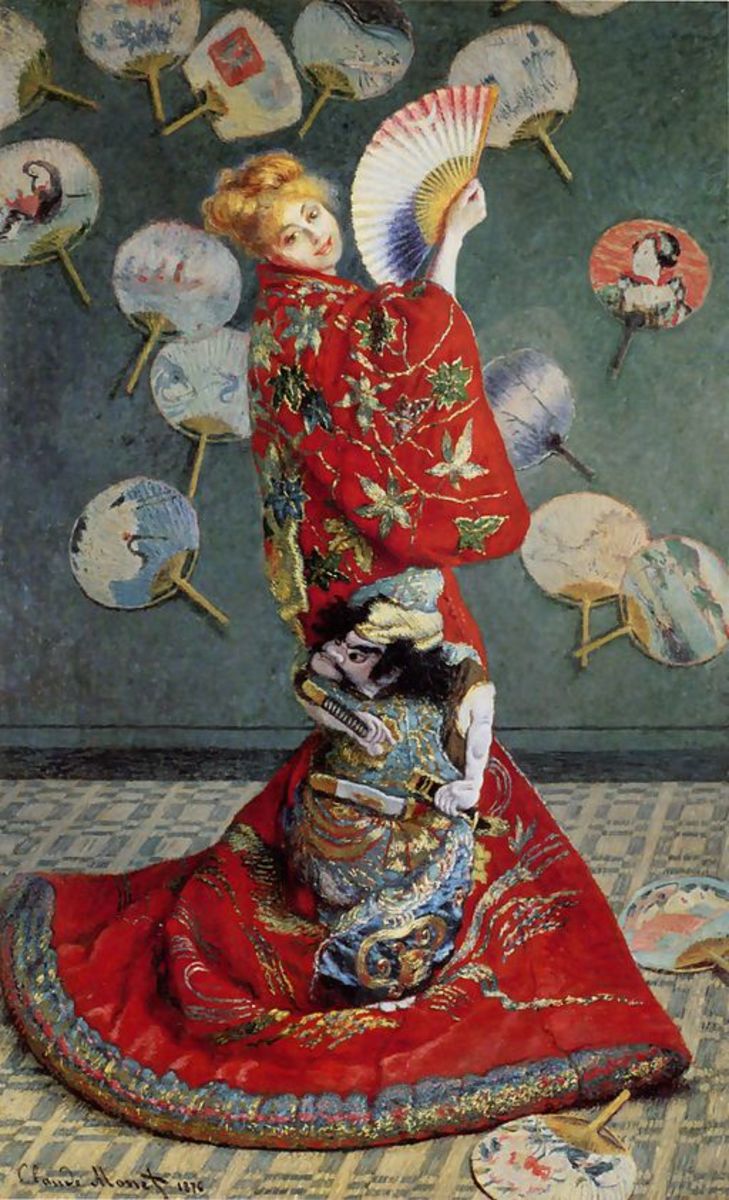A Japanese Literary Masterpiece, The Tale of Genji

In the aftermath of the earthquake and tsunami that ravaged Japan this year, and the subsequent outpouring of love and concern from the West, further study of that intriguing country seems much desired. A classic literary piece as The Tale of Genji provides a welcome window onto the unique and sometimes mysterious culture of Japan.
The Tale of Genji was written by Murasaki Shikibu, a woman who served among the royal court in the tenth century Heian period in present day Kyoto. This fascinating tale, the length of Wuthering Heights and Dickens’ David Copperfield combined, is revered as the finest work of Japanese literature and indeed one of the world’s greatest novels. Written in the lyrical style exclusive to Japanese poetics and prose, The Tale Of Genji flows in its original form as uninterrupted poetry. English translation does alter the original with paragraph-breaks and punctuation, yet the tale was so well crafted that the integral feeling of beauty holds forth, delighting and inspiring us.
Murasaki Shikibu, who was brought into the royal court as a girl, wrote her story probably with a brush and ink in the exquisitely painted characters of the syllabary, or alphabet, which had been developed over time as intrinsically Japanese and therefore distinguishable from its derivative Chinese. The Tale of Genji was written at the height of Japanese literary excellence, when artistic brilliance was cherished throughout the country, and women in particular were known to be the greatest writers of poetry and prose. Moreover, to be gifted in poetics was revered as a supreme talent in the royal court and among society at large and remains so today.
Of Japanese poetry, the Japanese poet, Kino Tsurayuki, has said,
The poetry of Japan has its roots in the human heart.
The Tale Of Genji, a masterpiece of poetics, reads as something of a Siddhartha tale; although, Genji, unlike the young Buddha, experiences a number of pivotal romantic relationships on his journey rather than spiritual encounters: Siddhartha, the son of an emperor, chose to leave the sanctuary of the court and follow his own yearning to know the world and all of human suffering first hand. In Genji’s case, his father, the emperor, forces Genji out into the world to save his beloved son from the jealousies and intrigues of the court, where highly contentious political backbiting could, his father believed, kill a spirit of such divine charisma as Genji’s.

In the genre of courtly romance, the extraordinary infuses Genji’s environment even as a commoner living amidst a realm far from the royal court. Beauty and refinement are written into the flowers, trees and things of nature. Coming from a tradition of, not only Buddhism but, firstly, the Shinto religion, in which reverence for feminine nature-deities, as the sun, mountains and rivers, Murasaki draws from these nature-tropes to imbue her tale with a subtle, supernatural ambiance. Here, the various relationships of our chivalrous Genji include the poetry, symbolism and quiet eroticism of flowers. Cantillation, or the reading out loud of poems as declarations of love, describes Genji’s character while also exhibiting Murasaki’s rarified art of poetic verse. Genji learns through his adventures the poignancy and anguish of romantic love as well as that of death’s shadow.
The evening sky was serenely beautiful. The flowers below the veranda were withered, the songs of the insects were dying too, and autumn tints were coming over the maples. Looking out upon the scene, which might have been a painting, Ukon thought what a lovely asylum she had found herself. She wanted to avert her eyes at the thought of the house of the ‘evening faces.’ A pigeon called, somewhat discordantly, from a bamboo thicket. Remembering how the same call had frightened the girl in that deserted villa, Genji could see the little figure as if an apparition were there before him.
‘How old was she? She seemed so delicate, because she was not long for this world, I suppose.’
The above excerpt is taken from the chapter entitled “Evening Faces.” Other chapter titles include: “Lavender,” “The Sacred Tree,” “Wisteria Leaves,” “Evening Mist,” “The Wizard,” “Beneath the Oak,” and “The Drake Fly.” Within these wilderness motifs, Genji embarks on his romantic adventures. As an Orpheus-hero, the prodigy evinces the nobility of his ancestry, knows something of its effects, but disavows any show of rightful hubris.
Murasaki Shikibu was the daughter of a low ranking nobleman and was recognized as a gifted writer with superior potential and was thereby invited to serve in the salon of a royal consort. Shikibu’s father preferred the education of boys, but he too saw his daughter’s genius and so allowed her to live outside of her home, inside the opulence of courtly-life. It was here, in these most ideal surroundings, for classical education and writing, that a tenth century Japanese woman wrote the world’s first novel.
It has been observed that any English translation of The Tale of Genji loses much of the natural grace of the original, and this may be a metaphor for the Japanese culture at large: we as Westerners are captivated by its charm, find mystery and adoration in it’s artistry; yet, we can perhaps never fully appreciate the essential beauty of its enigmatic language.








